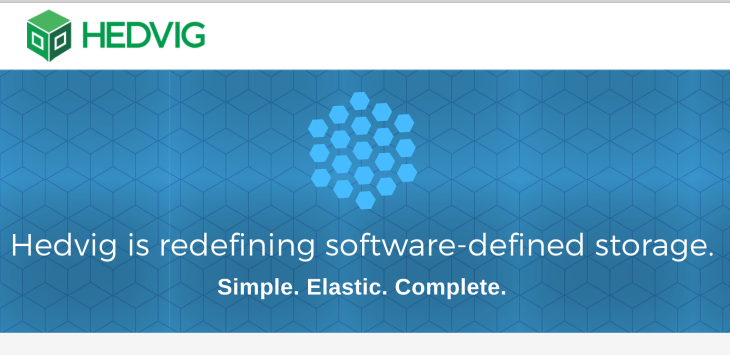The launch of a new storage platform, even a distributed one, may not get your heart racing, but Hedvig, which is launching out of stealth today and announcing a new funding round, has the kind of pedigree that makes it worth a closer look. Hedvig was founded by Avinash Lakshman, who previously invented Cassandra at Facebook and co-invented Amazon’s Dynamo NoSQL database. If somebody knows about how to build a distributed and scalable storage solution, it’s probably Lakshman.
As the company announced today, it has raised a $12.5 million Series A funding round led by Atlantic Bridge Capital, with participation from True Ventures and Redpoint Ventures. The plan is to use this new funding to bring the company’s first product to market and to expand its engineering, R&D, sales and marketing teams.
At the core of Hedvig’s product is the idea that current storage approaches are broken because they can’t keep up with the ever-increasing amount of data that businesses now create. Hedvig’s distributed platform, the company argues, makes life easier for businesses because it allows companies to expand their storage setup as needed, without having to regularly re-architect their storage architecture.
“Hedvig doesn’t assume companies will know everything at once, then saddle them with a deployment that will cost them more time, energy and budget when it obsolesces,” Lakshman writes today. “It adapts to existing storage assets, as well as future storage purchases – proprietary or commodity.”
Hedvig argues that its storage solutions is both hardware- and compute-agnostic and can be used for legacy, virtualized and cloud environments. Users get access to an interface with what the company calls “AWS-like simplicity” (though few AWS users have ever accused AWS’s interface as being simple…). From there, admins can provision storage and provide self-service access to internal and external users. The company argues that its service can scale from small deployments to handling petabytes of data and that data can live on-premise, as well as in public and private clouds (or on all three of those, depending on a company’s needs and policies).
